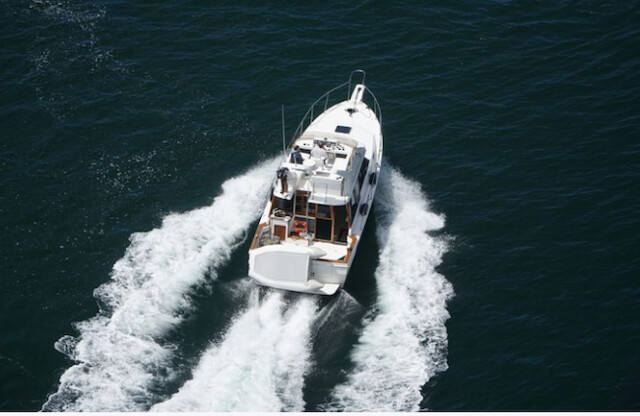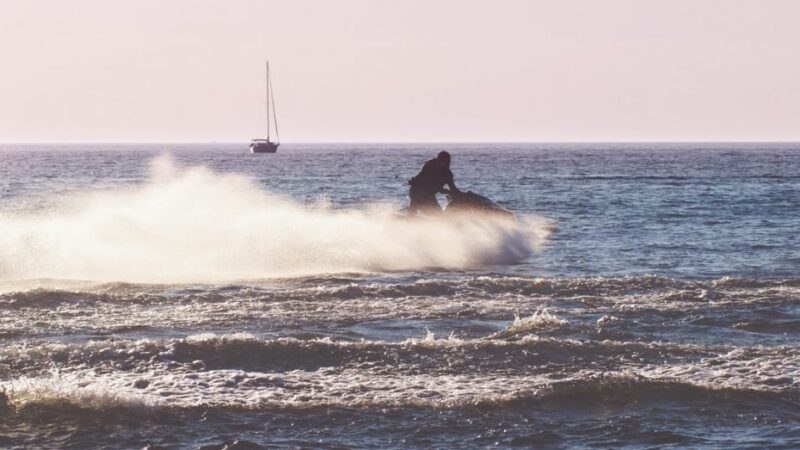
Photo: Pixabay
Boaters on Kalamalka and Wood lakes are being asked to head to deep water for some recreational fun.
Power boaters are encouraged to go slow and keep wakes low as they head to the ‘Playzone’ in water deeper than eight metres.
Regional District of North Okanagan officials said the concept is simple – after launching your boat, Head to the Playzone! Keep wakes low and boats slow to protect drinking water, fish and wildlife habitat, the shoreline and swimmers and paddlers.
The call to action follows the completion of a 2019 study found wakes and prop wash from powerboats could disturb the lake bottom up to a depth of eight metres, creating a problem for drinking water quality since the lake bottom sediment is contaminated with bacteria, heavy metals, pesticide residues and hydrocarbons.
When this sediment is kicked up by boat wakes and prop wash, there is a risk of these contaminants entering public and private drinking water intakes.
“The contaminants can enter lakes through stormwater run-off. They settle on the lake bottom and are naturally covered by new non-harmful sediments like sand and fine clay particles. However, when the sediment is disturbed and kicked up by boats, those harmful substances are back in transit in the water and can be drawn into water intakes.” said Tricia Brett, water quality manager, RDNO, adding water intakes in Kalamalka Lake provide drinking water for approximately 60,000 people, and increased contaminants in the raw water can lead to increased costs for water treatment.
“Through the study, we observed that powerboats did not disturb the lake bottom in water deeper than eight metres,” says Heather Larratt, the lead researcher of the 2019 study.
So, how deep should the water be before boats hit higher speeds and bigger wakes?
“Once you’re deeper than eight metres, or approximately 25 feet, that’s your best play zone. Not only will you help keep drinking water clean, protect habitat and avoid unnecessary erosion of the rail trail, but deeper water is also better for making great waves for sports like wakeboarding or water skiing. It’s a win-win.” says Larratt.
Additional boating impacts in shallow water include the disturbance of fish habitats and shoreline bird nesting sites as well as the erosion of the shoreline, which affects the Okanagan Rail Trail. Boating in shallow waters at high speeds also increases the risk of injury to swimmers and anyone recreating near the shoreline.
“There are natural factors that cause erosion to the shorelines on the lakes. Storms can generate large waves, but the storms usually travel in a north-south direction, and over time, storm waves have created rock and pebble beaches,” said Greg Buchholz, Director of Infrastructure Services, District of Lake Country. “Wakes from boats create waves that hit the shore at a much higher frequency and come from many directions, which impacts the shorelines in ways that the storms do not.”





Recent Comments